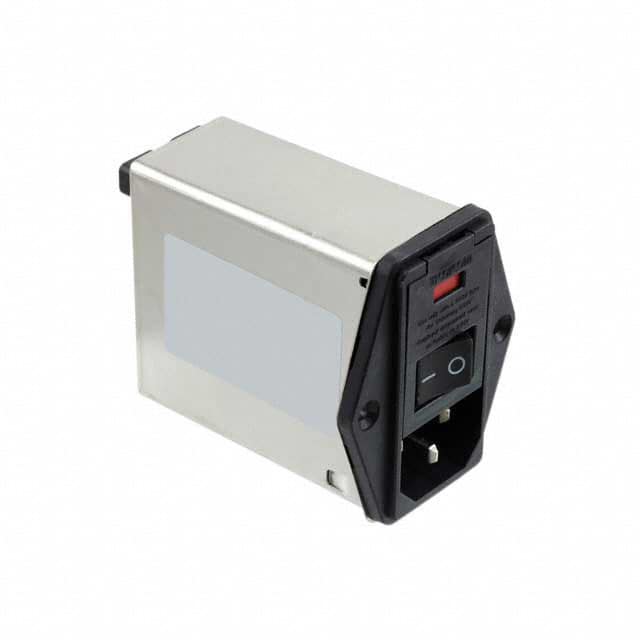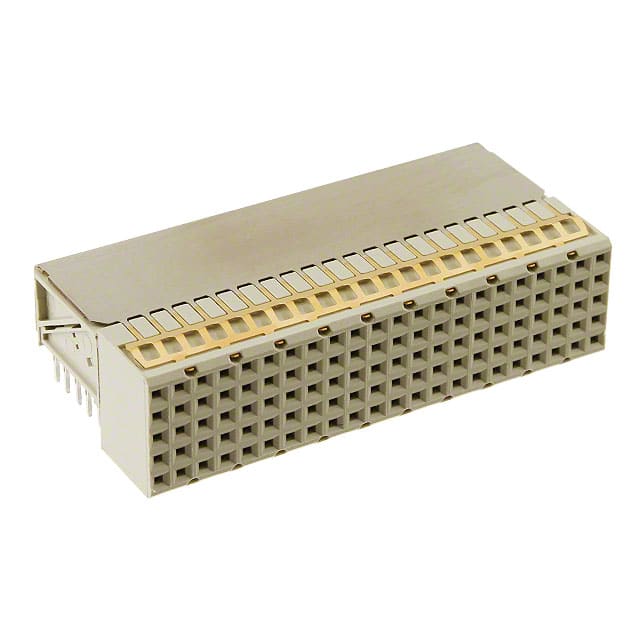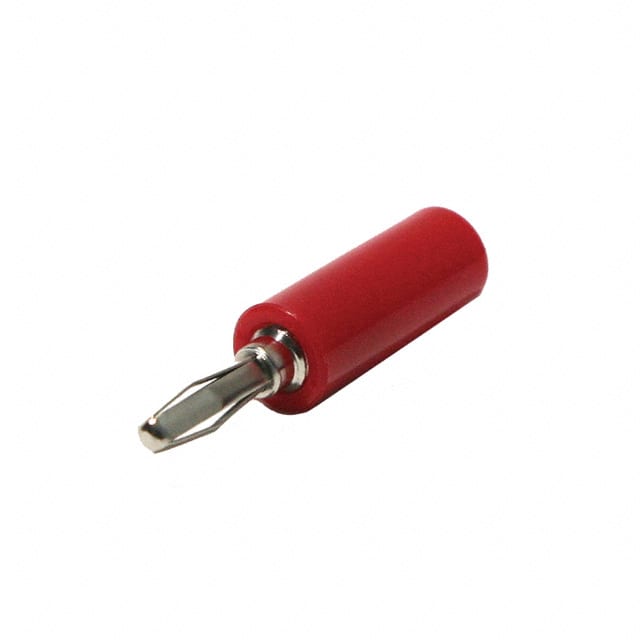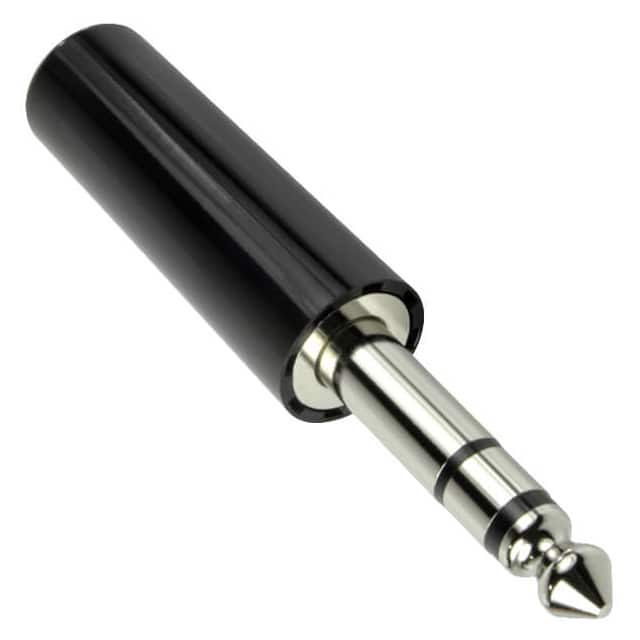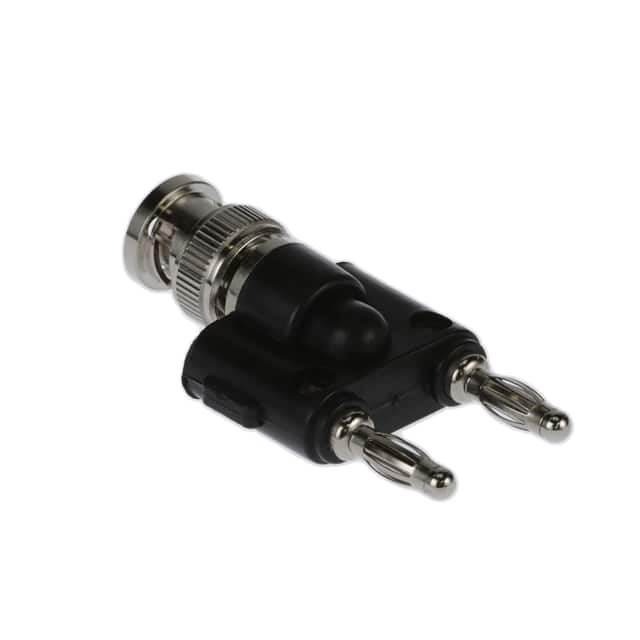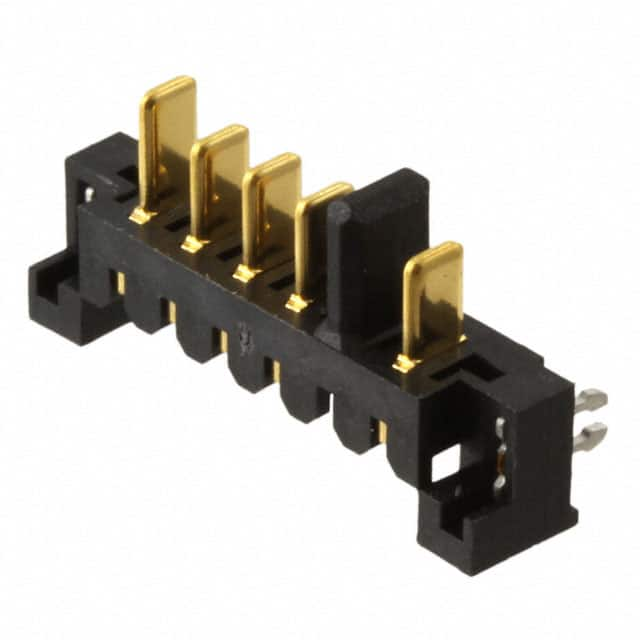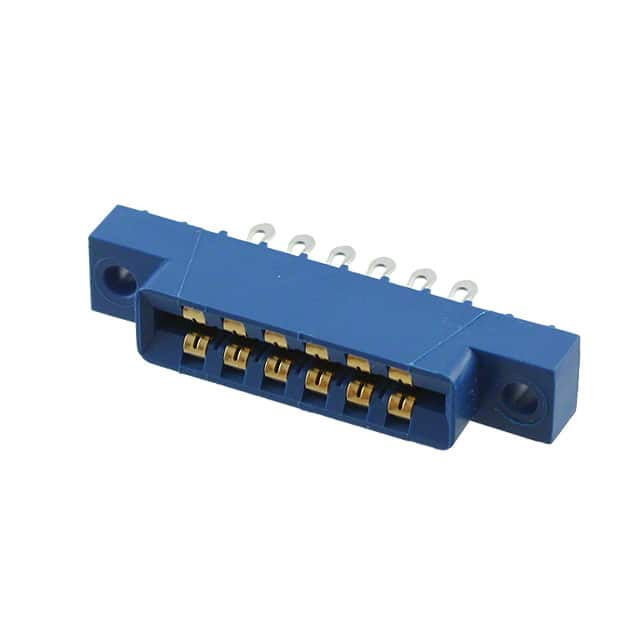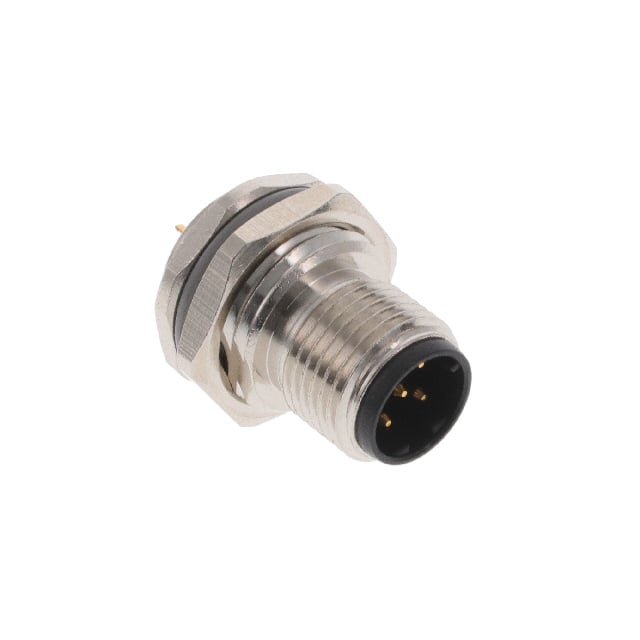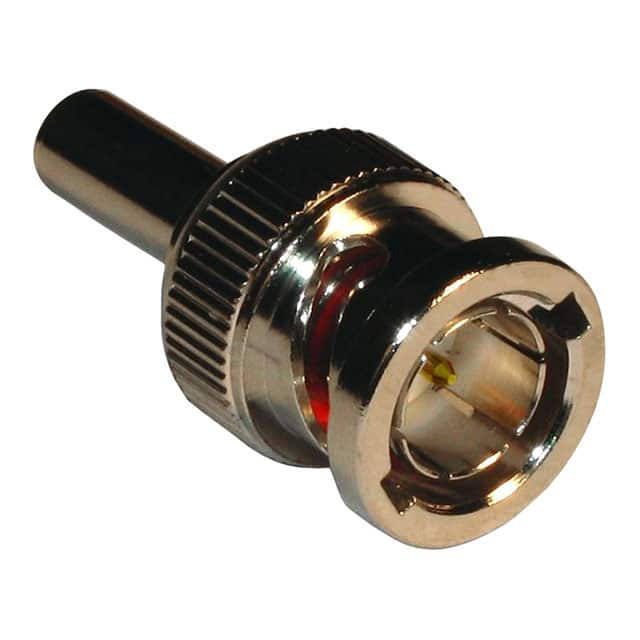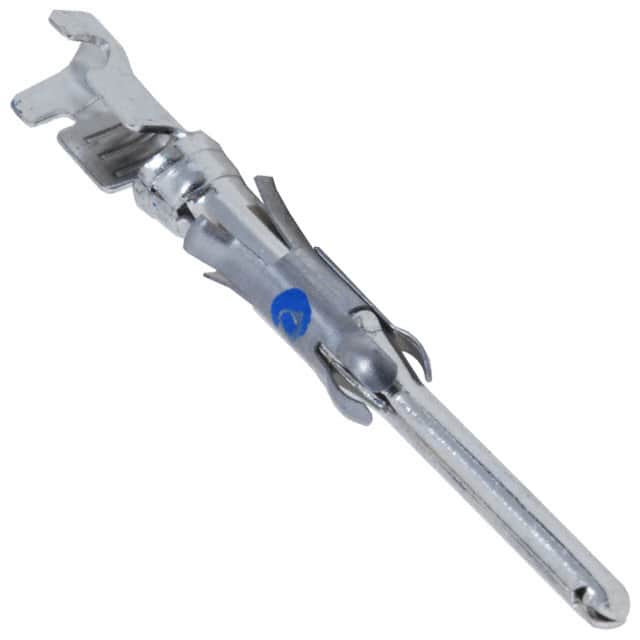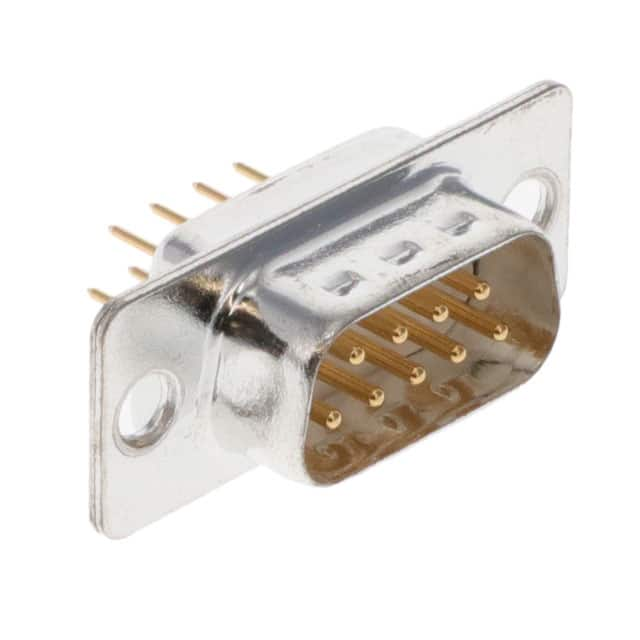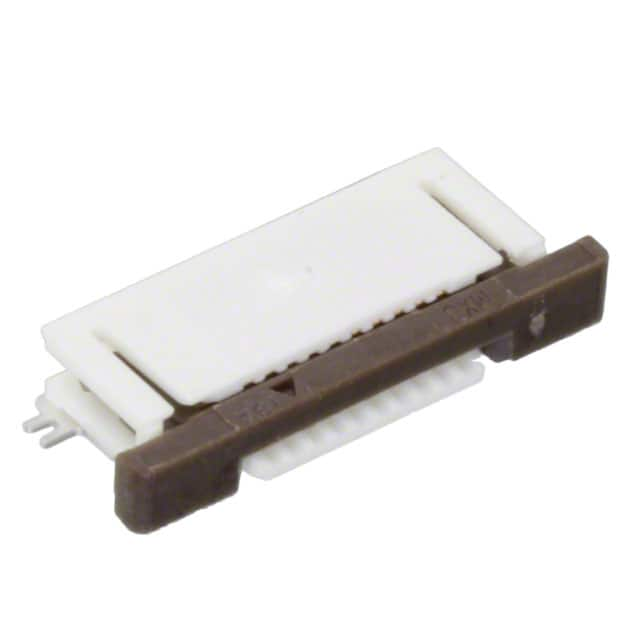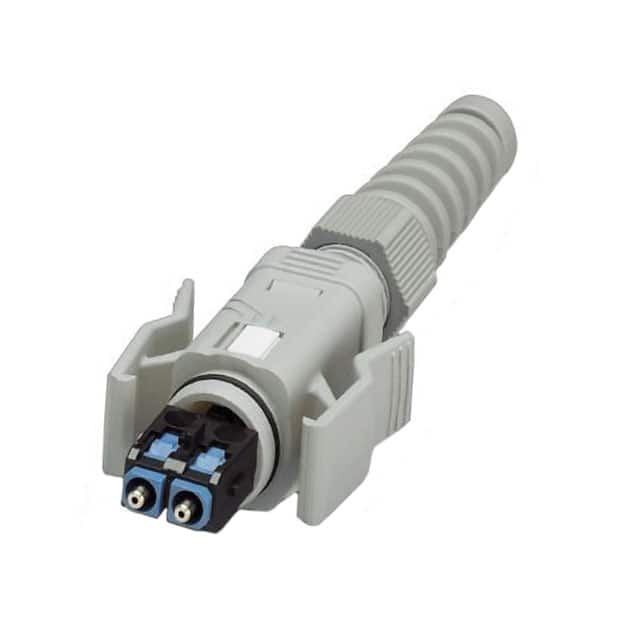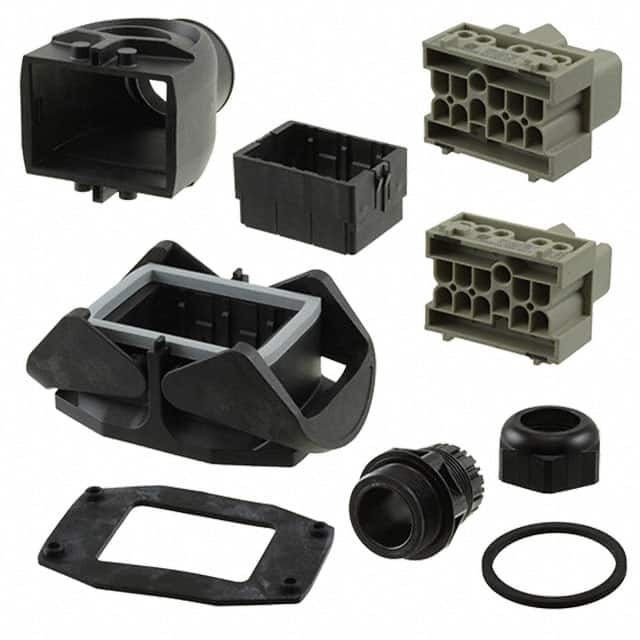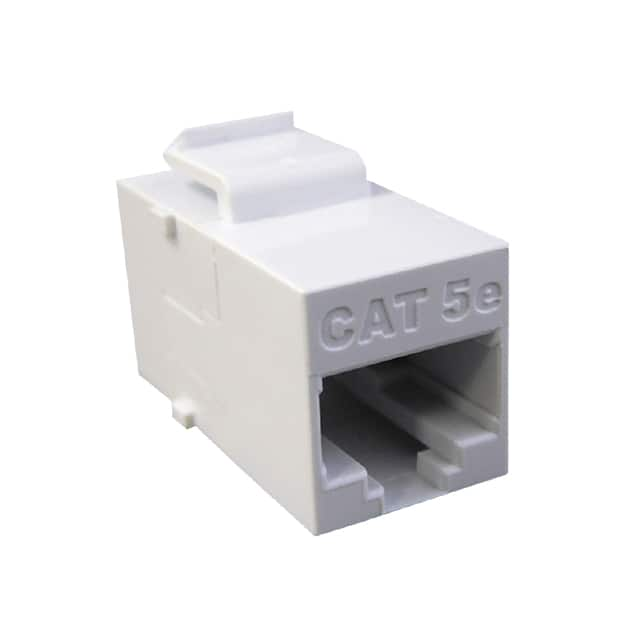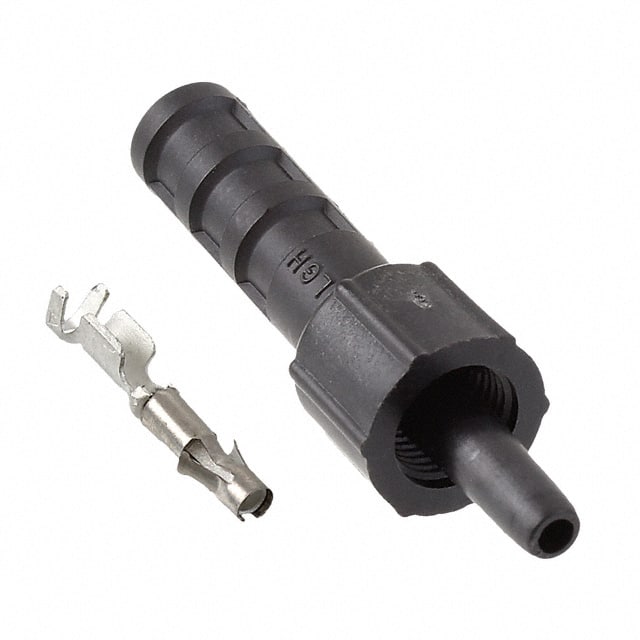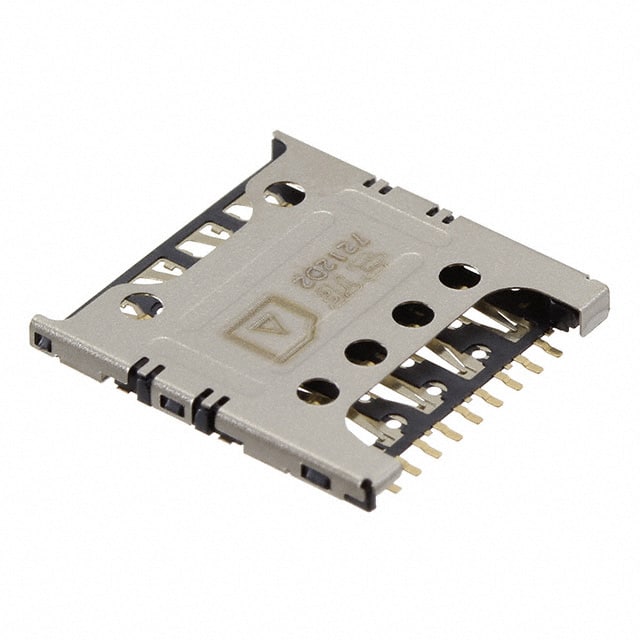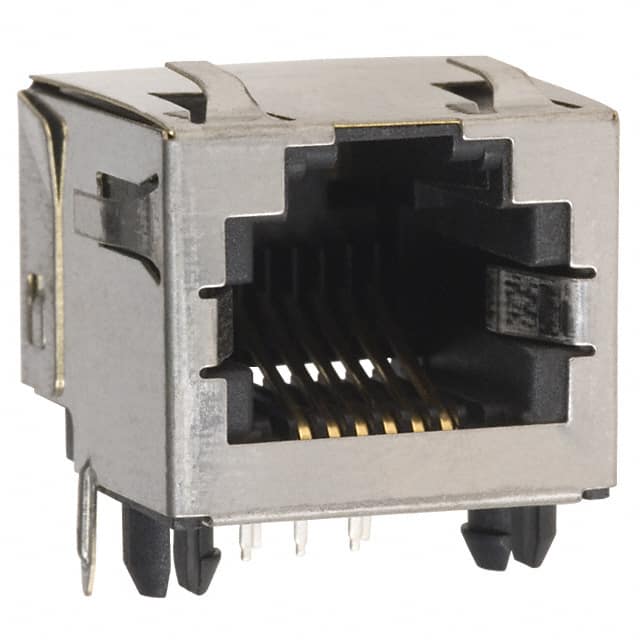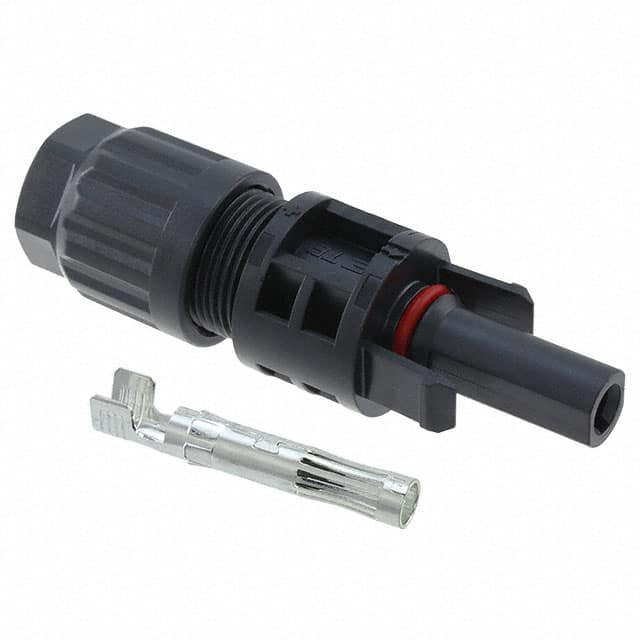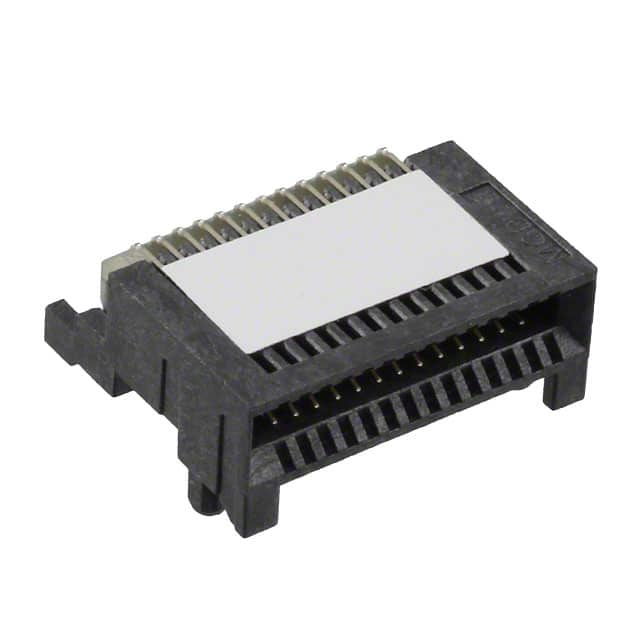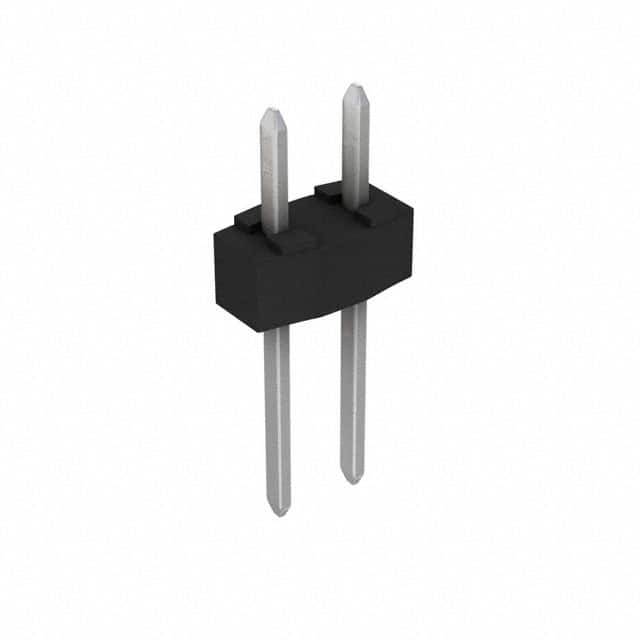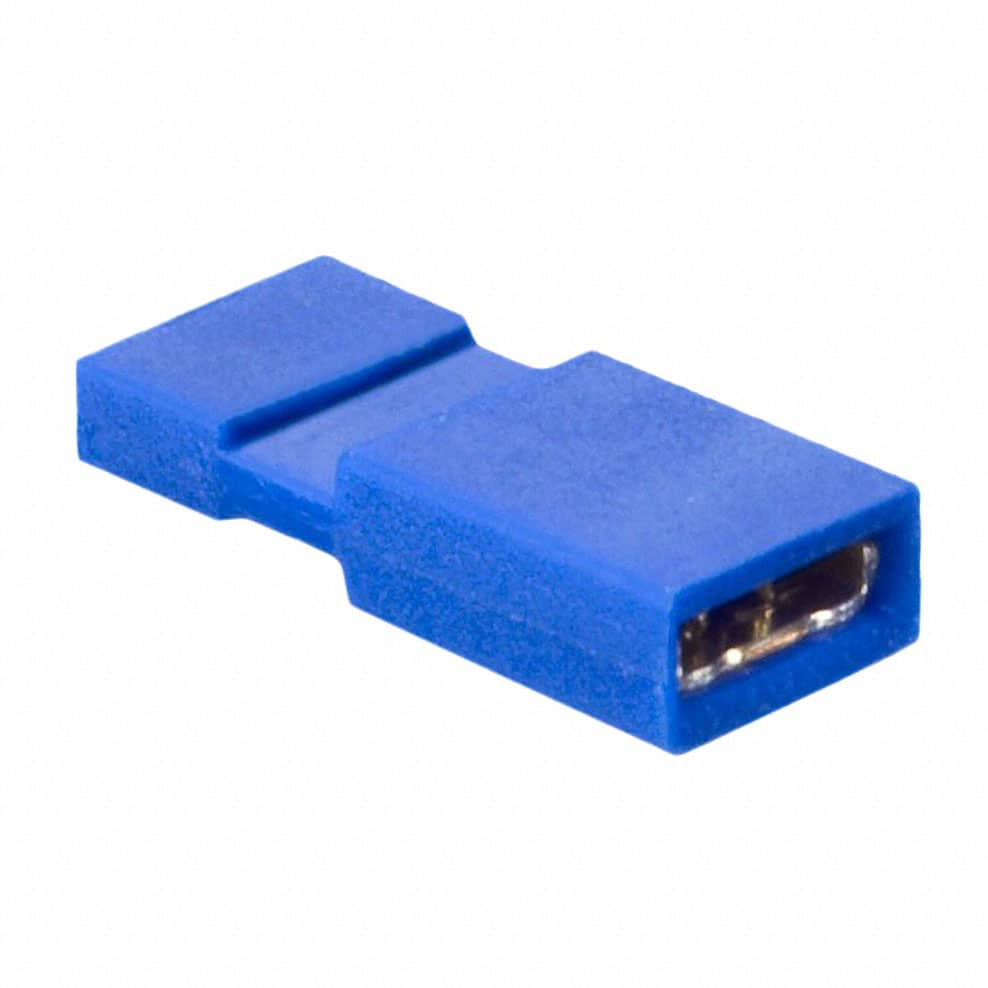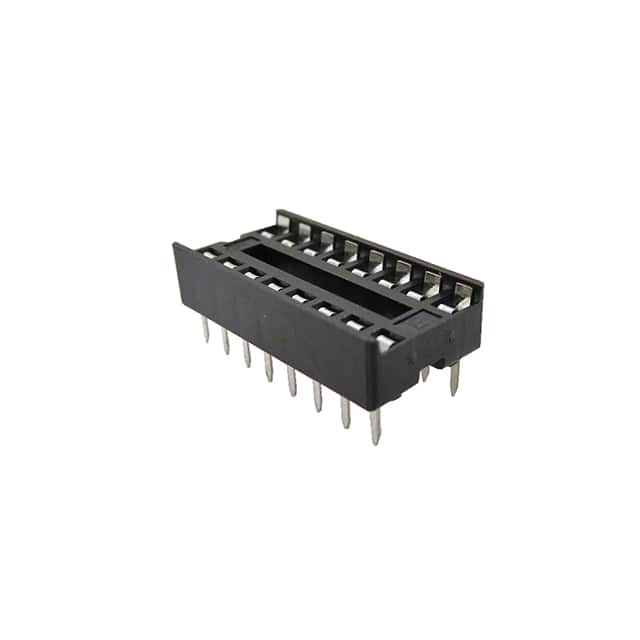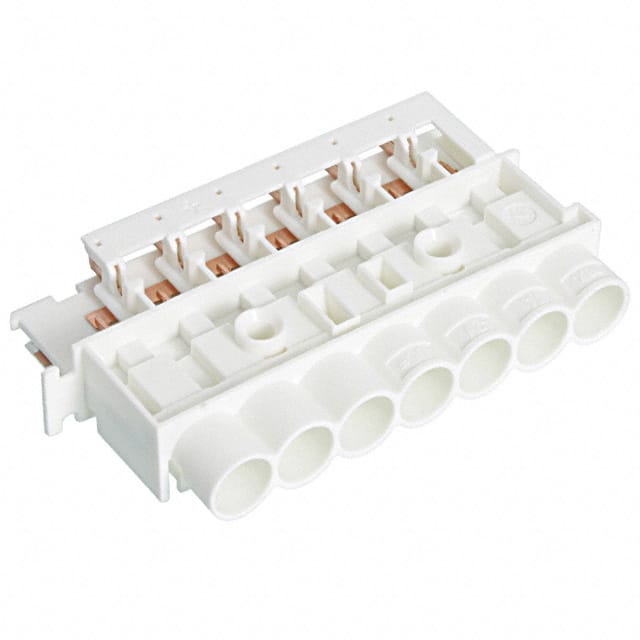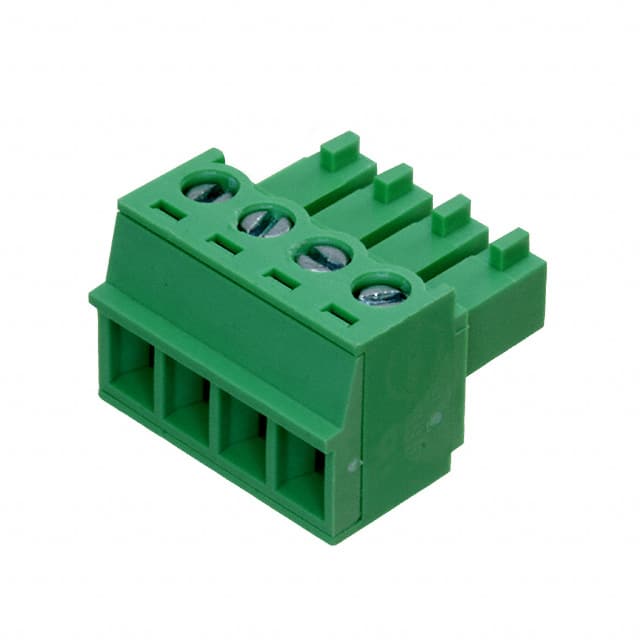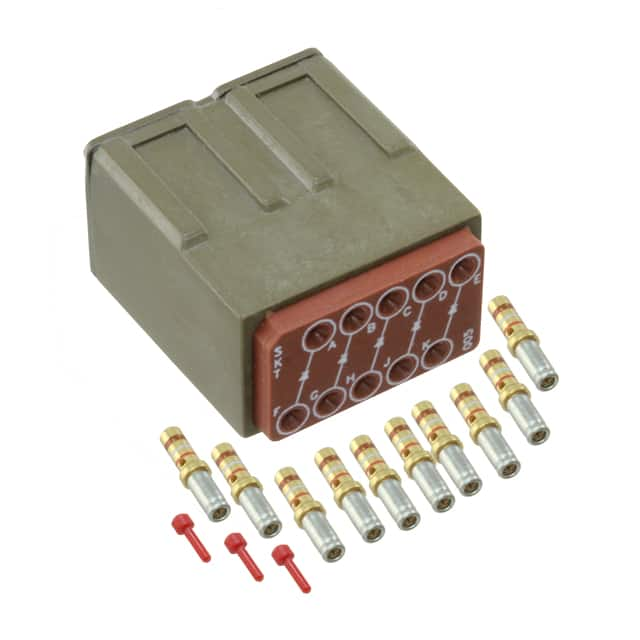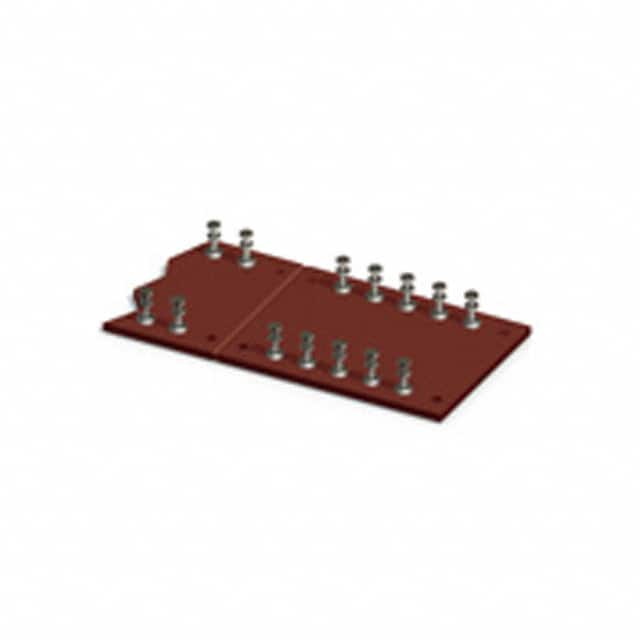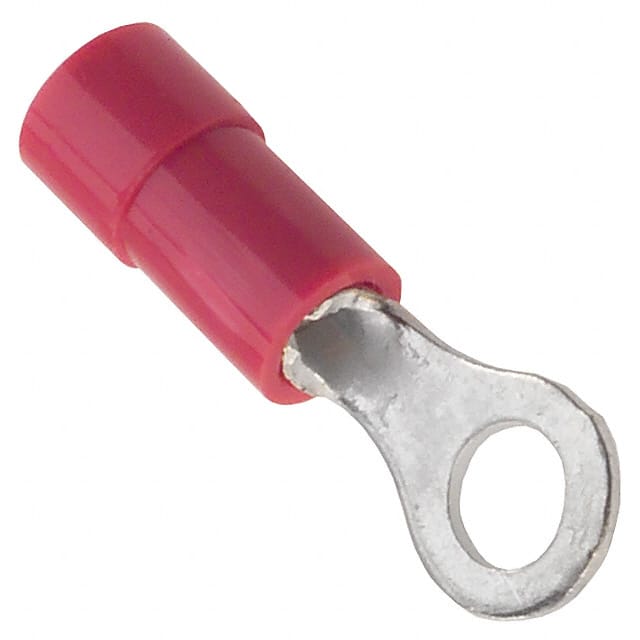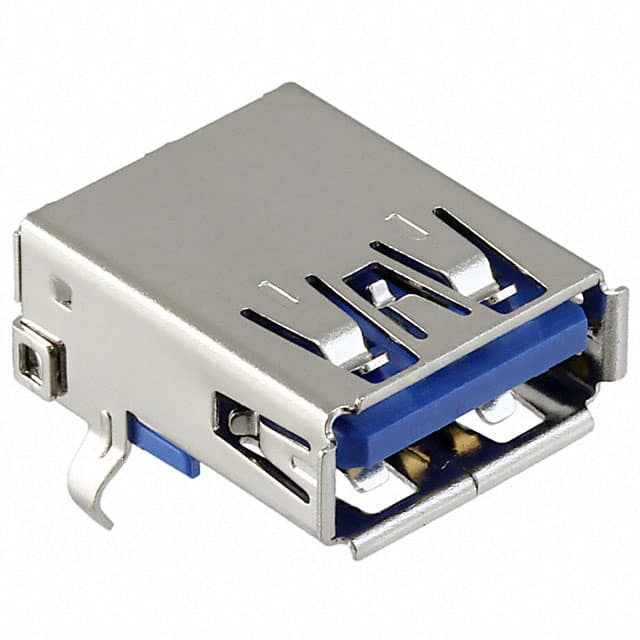Connectors, interconnection definitions
A connector is a device used to connect two pieces of equipment, wires, or pipes together to make an electrical connection. Connectors, also often referred to as ports, plugs or interfaces, are often accompanied by fasteners to ensure a secure and reliable connection.
Interconnects are the physical and logical connections between different components in a computer system. This includes the cabling and cabling used to connect components such as the motherboard, CPU, RAM, and other peripherals.It also includes protocols for allowing components to communicate with each other efficiently
3 common connector types
Board to Board Connector
A board-to-board connector is an electrical connector used to connect two printed circuit boards (PCBs) together. They are used in a variety of fields, including computers, consumer electronics, automotive and industrial equipment.
Common board-to-board connector types include male and female pin headers, crimp headers, board-in connectors, mezzanine connectors, right-angle connectors, and surface mount connectors. These connectors allow signals, power or data to be transferred between different circuit boards, enabling devices to work together.
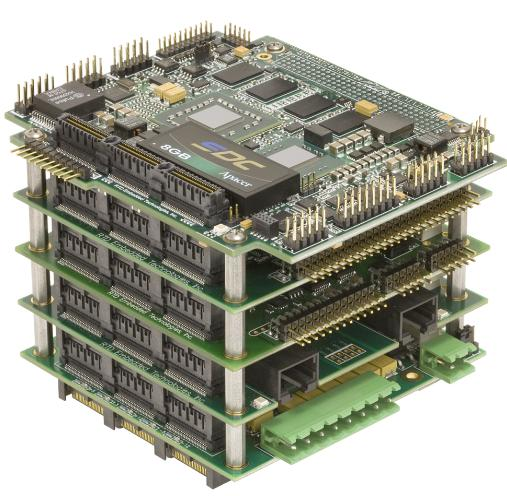
Cable/Wire-to-Cable/Wire Connector
A cable-to-cable connector is a device used to connect two cables together. They usually consist of two parts: a male connector and a female connector.
The male connector connects to the end of one cable, and the female connector connects to the end of the other cable. These connectors vary in size and style and are used for a variety of connectivity needs, including power, audio, video, and data.
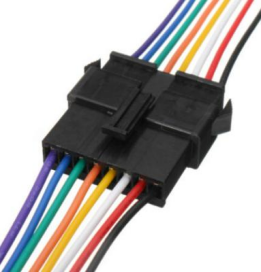
Cable/Wire-to-Board Connectors
A cable/wire-to-board connector is an electrical connector used to connect wires to a printed circuit board (PCB). They are widely used in applications such as consumer electronics, industrial automation and automotive.
These connectors come in a variety of sizes, shapes and styles and are designed to provide a safe and reliable connection between wires and PCBs. They allow the transmission of power, signals or data between wires and the PCB board of electronic equipment, ensuring the normal operation of the equipment.
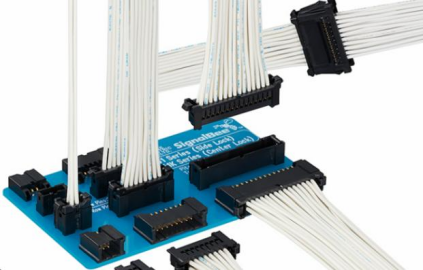
The important role of connectors
Signal transmission: Connectors are used to transmit signals from one component to another, such as from a sensor to a controller or from an audio source to a speaker. They ensure reliable signal transmission and maintain data integrity.
Power Distribution: Connectors are used to distribute power from the power source to various parts of the device. They are critical components in electrical circuits, ensuring that electrical energy is transmitted correctly for equipment to operate.
Data transmission: In computers and communication equipment, connectors are used to connect various data lines. They support high-speed data transfer, for example between network connections and storage devices.
Device interconnection: Connectors are used to connect devices, such as plugging a phone into a charger or connecting a monitor to a computer. They provide a way for devices to communicate and interoperate with each other.
Device Assembly: During the manufacturing and assembly stages, connectors allow different components and electronic parts to be interconnected to build complex devices.
What is the importance of interconnections?
Interconnections are critical for communication, networking, and data exchange between different system components. They provide the electrical and physical connections that enable different subsystems and components on different systems to communicate and collaborate effectively.
Interconnects also help optimize data transmission latency, increase data transmission efficiency, and improve energy usage efficiency. In addition, interconnects are critical to supporting emerging technologies such as high-speed memory, ensuring signal integrity, and enabling low-power designs.
What are interconnect materials?
Interconnect materials typically consist of conductors and insulators. Conductors are used to transmit electrical signals and are usually made of metals or metal alloys because of their good electrical conductivity.
Insulators are used to isolate and protect conductors and are usually made of plastic, ceramic, or other non-conductive materials. The combination of these two materials creates an interconnection system that allows electrical signals to be transmitted reliably without short circuits or interference.
What types of pin connectors are there?
Metric Circular Connector: A circular connector, often used in military and industrial applications, with multiple pins.
Push-Pull Connectors: These connectors allow two connectors to be plugged and locked together and are commonly used in audio and video equipment.
D-SUB connector: A common rectangular connector commonly used in computers and communications equipment, such as VGA connectors.
Micro D Connector: A smaller version of the D-SUB connector, suitable for applications with limited space.
IP-rated D-SUB connector: Dust- and water-resistant D-SUB connector for use in outdoor or industrial environments.
D-SUB Backshell: A specialized D-SUB connector backshell used in military and aerospace applications.
Power D and Combination D subconnectors: Connectors used to transmit power signals and other data signals.
Coaxial D-SUB Connector: A combination of a D-SUB connector and a coaxial cable connector, typically used in RF applications.
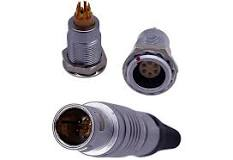
Why is copper used for interconnects?
Copper is widely used for interconnects in integrated circuits due to its excellent conductivity and low resistance. This enables the use of copper as the interconnect material to enable narrower interconnects while reducing energy loss during electrical power transmission. Therefore, copper helps improve the performance of integrated circuits.
"Interconnect: The critical communication link between computing systems"
The interconnection is a physical connection bridge for communication between various computing systems. It provides a key infrastructure for the transmission of data.
This connection can be achieved through a variety of media, including copper cables, fiber optic cables and wireless communications. Interconnections can be considered the heart of modern communications networks and are critical to any system or network that requires data to be sent and received.
What is an example of a connector in a computer
A connector is a device used to connect cables to various ports such as Centronics, DB, DIN, Mini Plug, USB, etc.
These connectors allow the transmission of data and power signals between different devices and are key components for connectivity and communication.
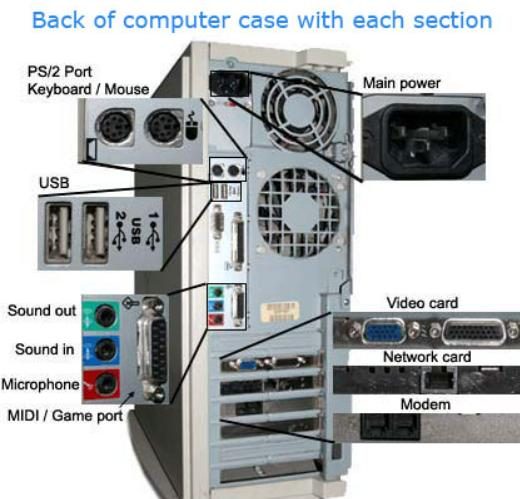
7 different types of cable connectors
HDMI cable
VGA cable
DVI cable
Ethernet cable
PS/2 cable
3.5mm audio cable
USB cable
Computer power cord and cable

 My Cart
My Cart
